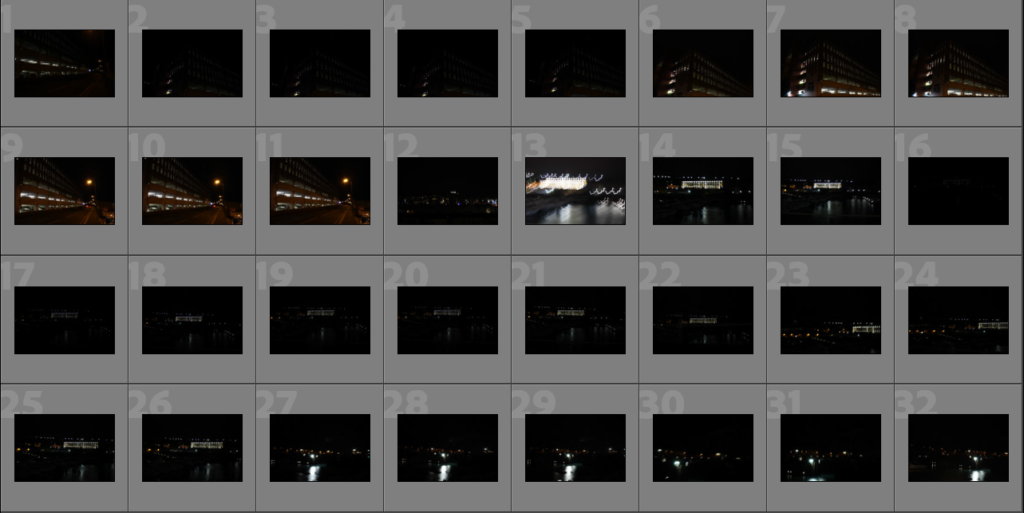
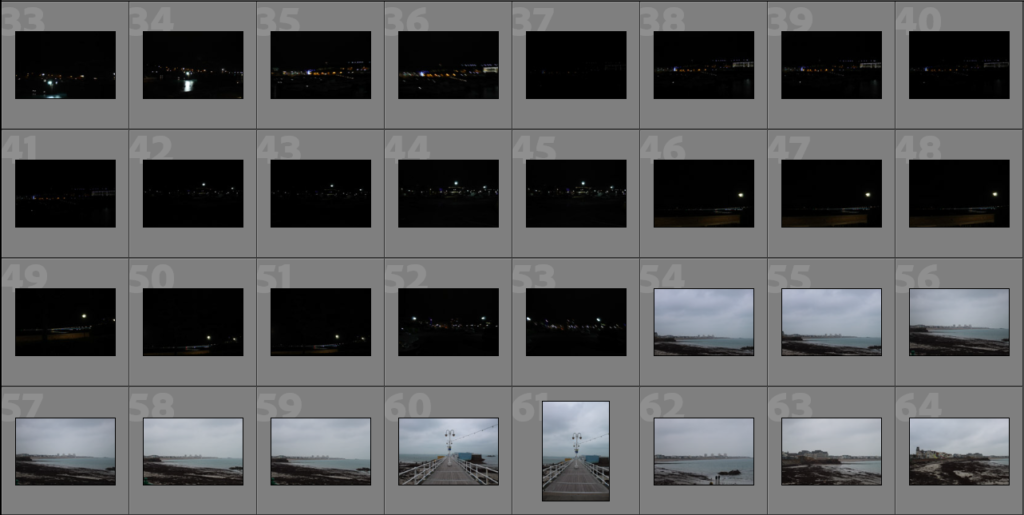
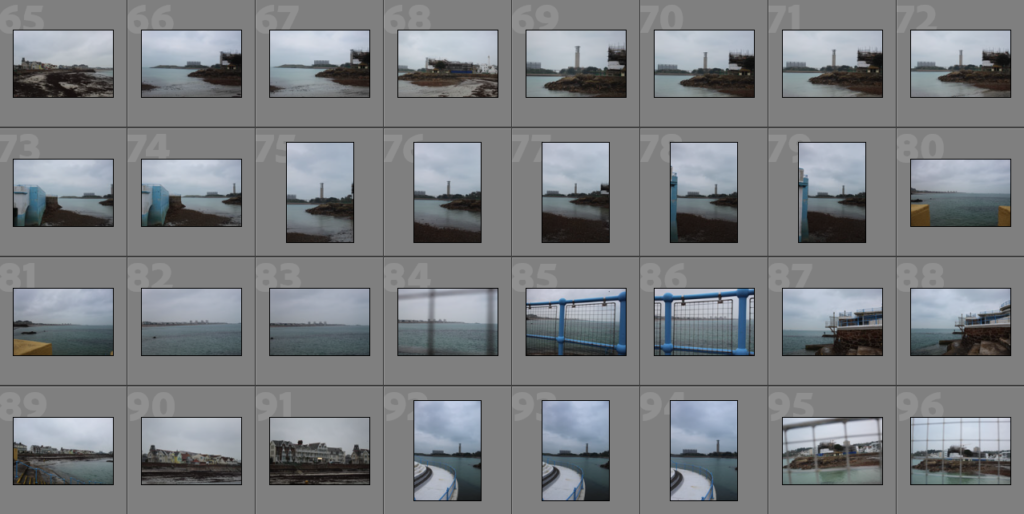
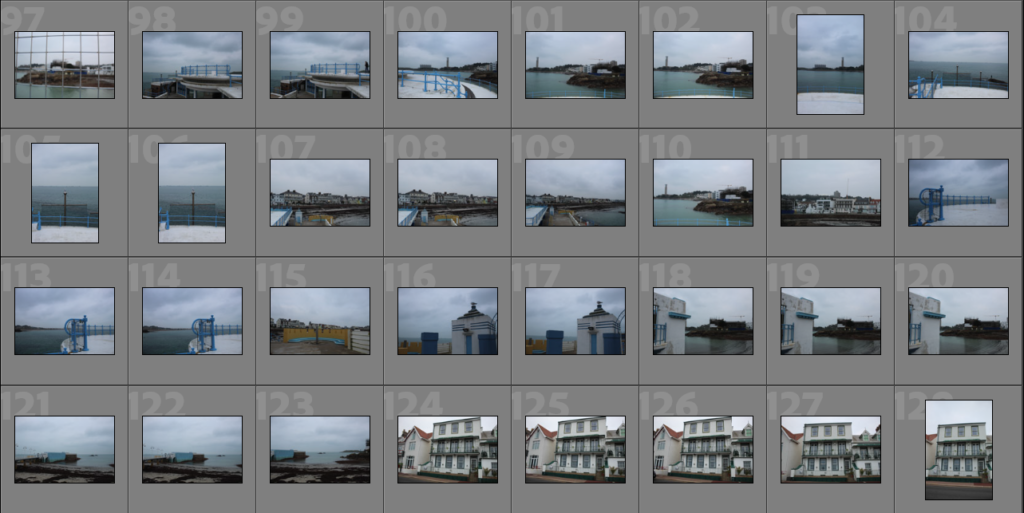
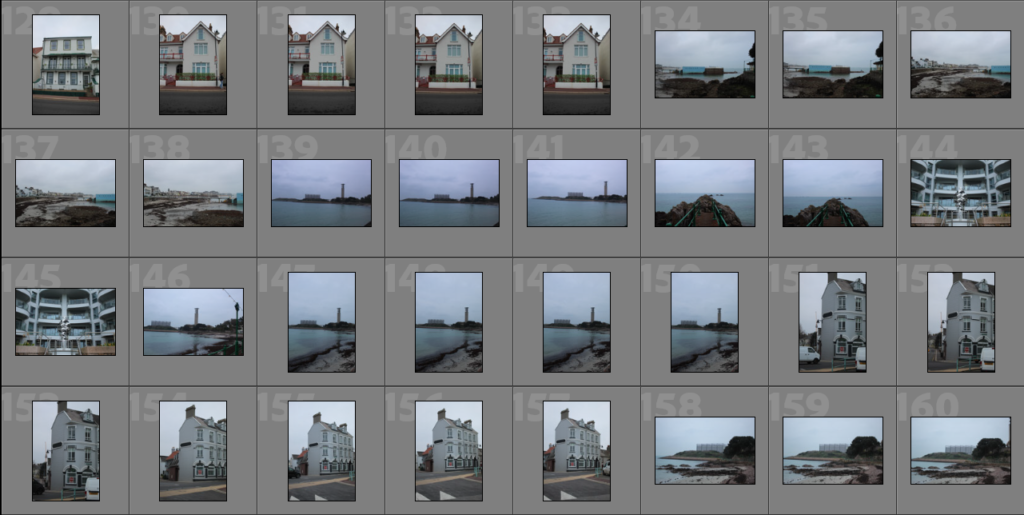
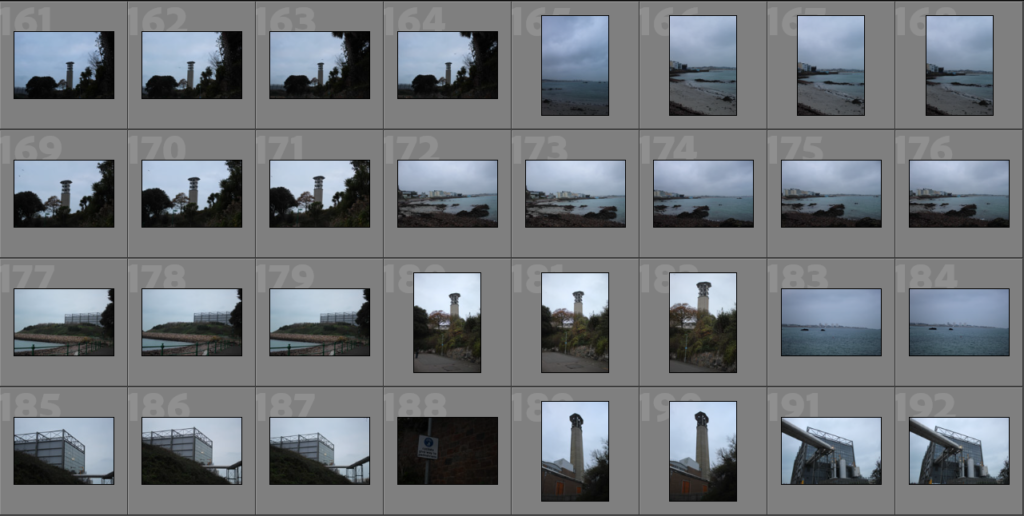
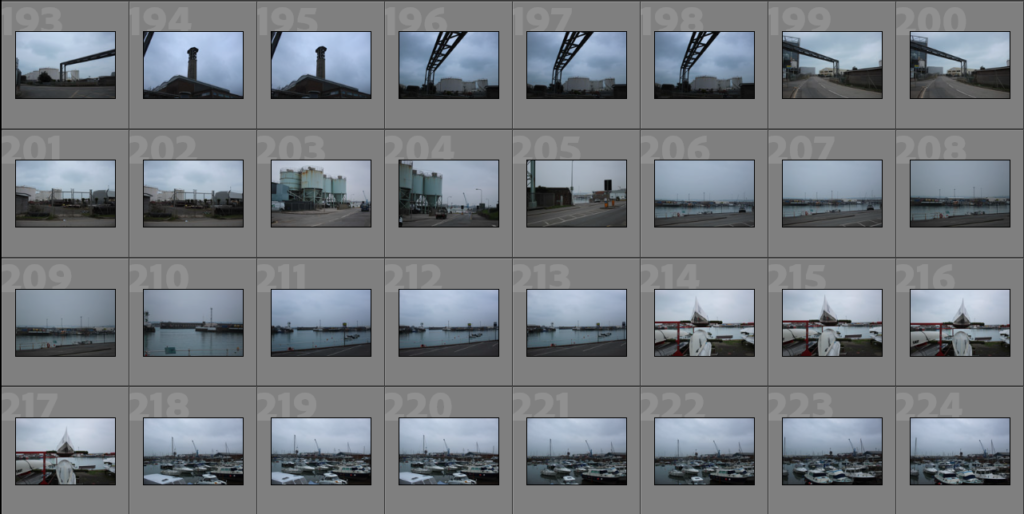
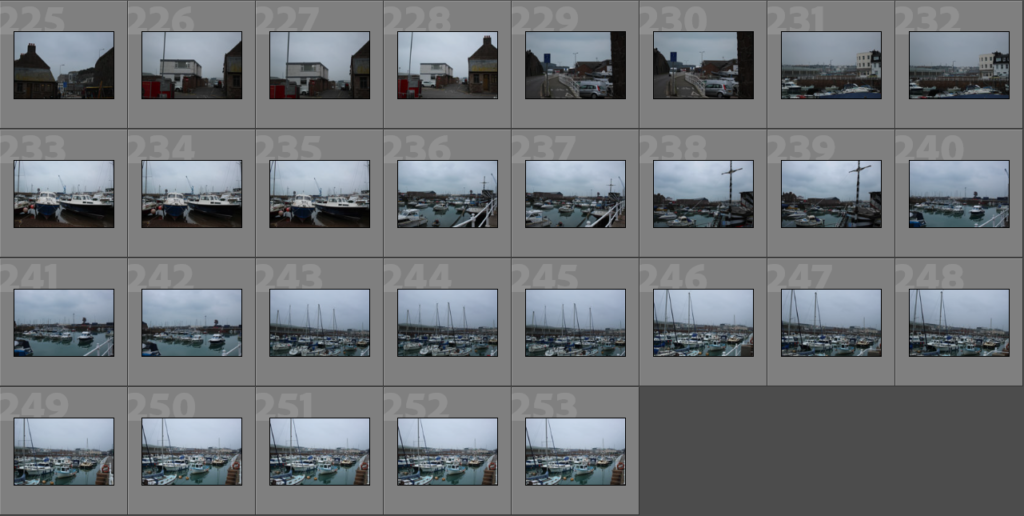








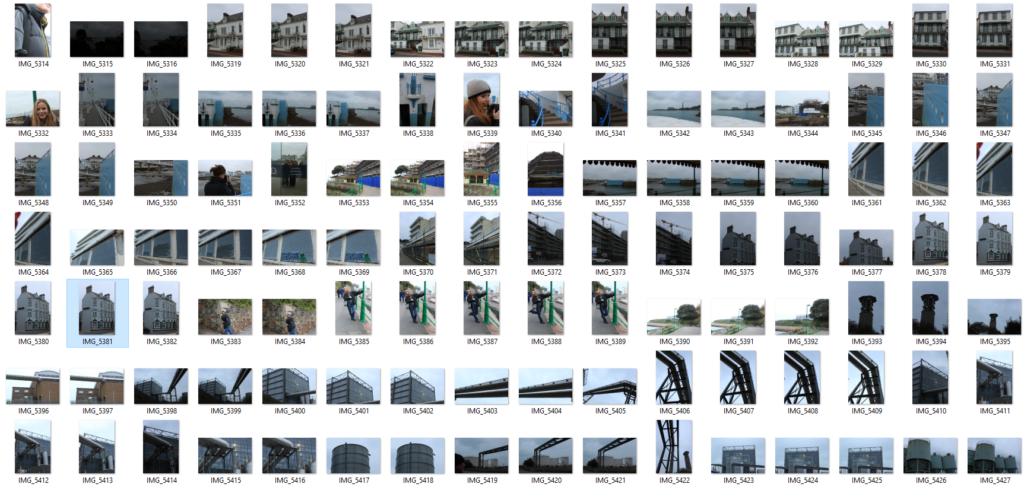

The New Topographics was a term used to describe a group of American photographers who took photos of the urban landscape. The main photographers in the new topographics were Robert Adams, Lewis Baltz and Nickolas Nixon, they would take images of urban landscapes such as car parks, suburb housing areas (with a glimpse of nature in the background), isolated built up areas.
The New Topographics reacted to the cruel and oppressive idealised landscape photography of natural elements such as the work of Ansel Adams. They photographed the tension between nature and the structures in post-war America
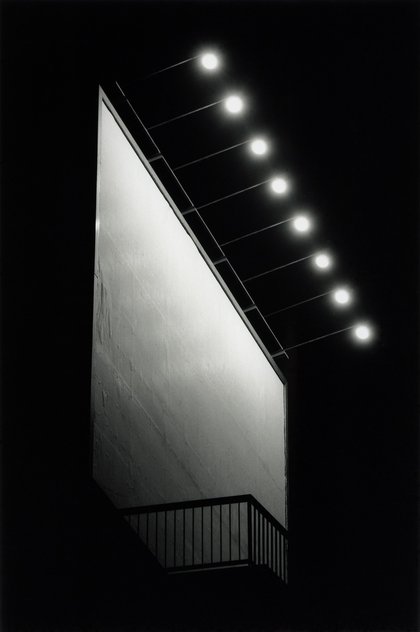

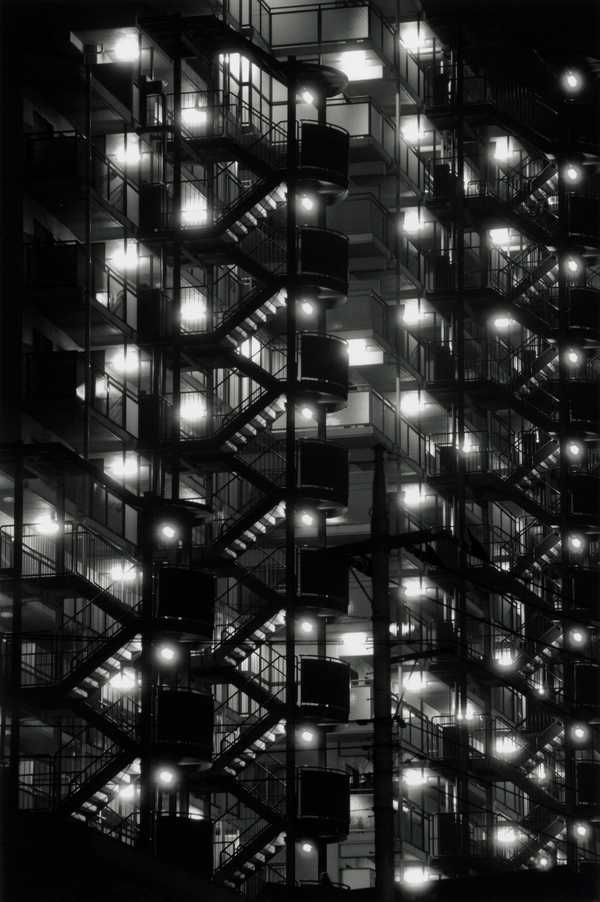
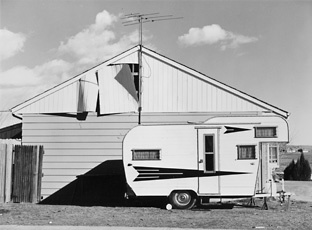
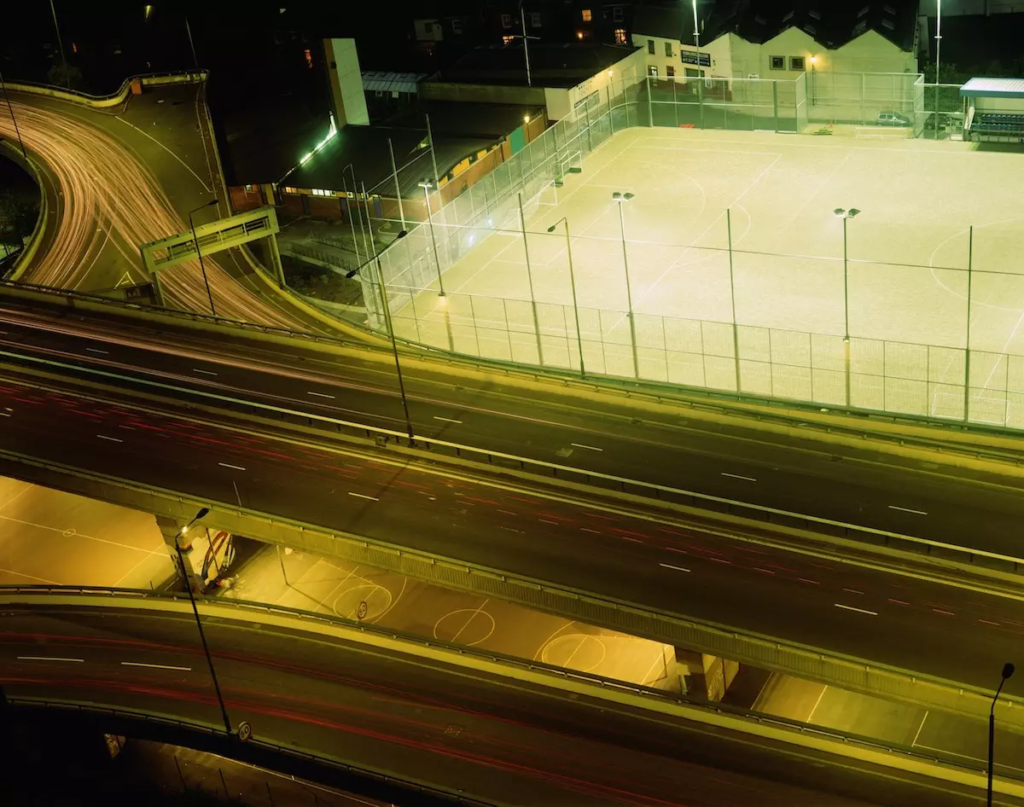
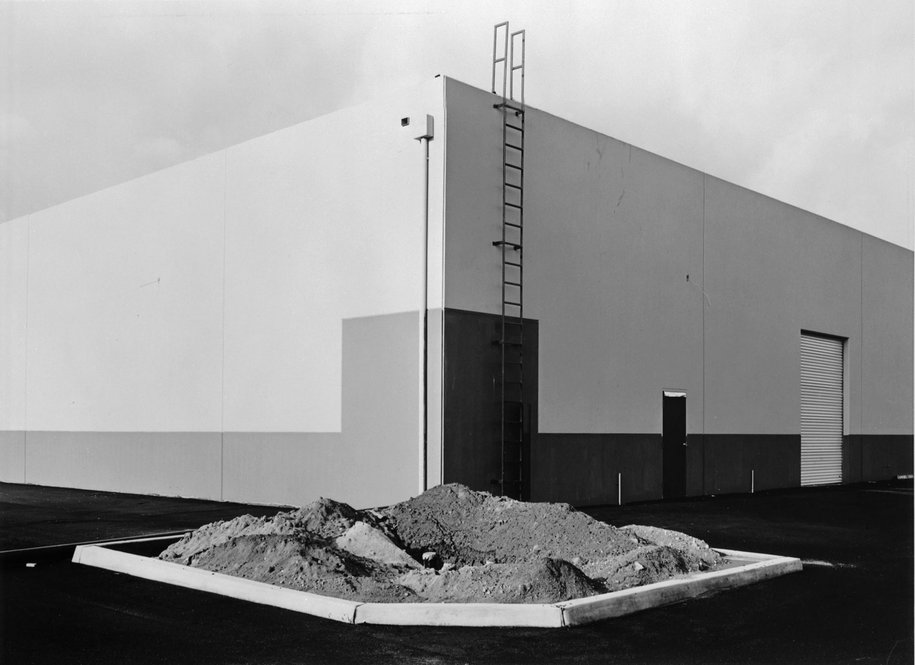
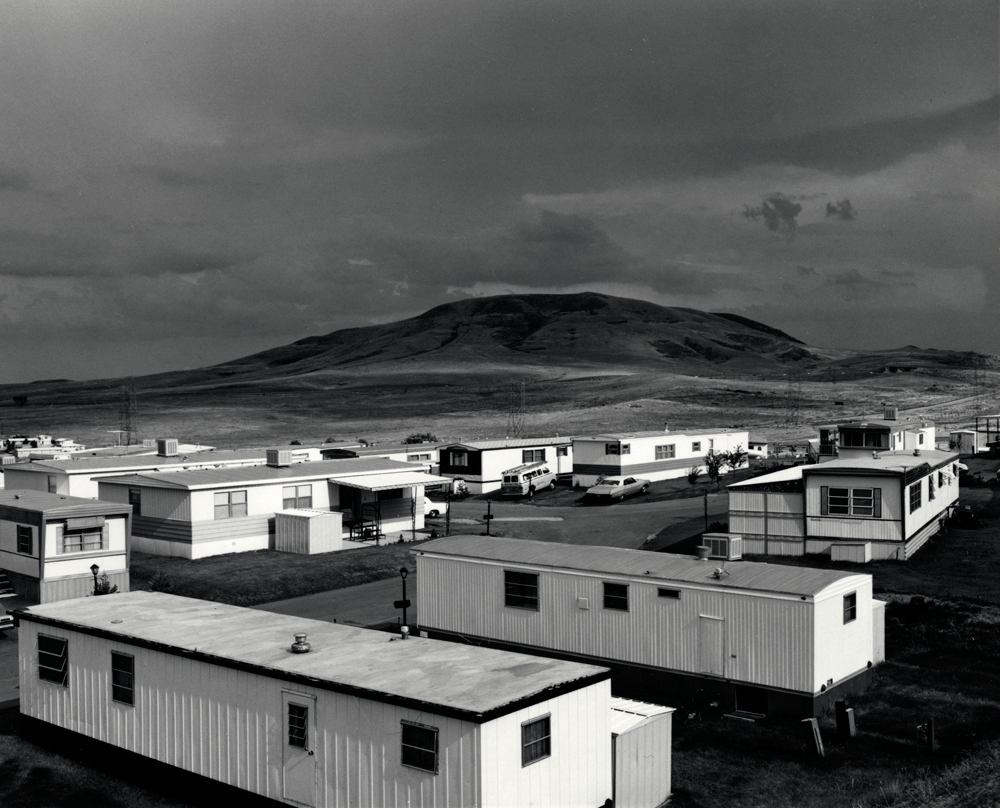
Robert Adams is an American photographer from New Jersey who was apart of the ‘The New Telographics’ who took images of urban landscapes in west America.
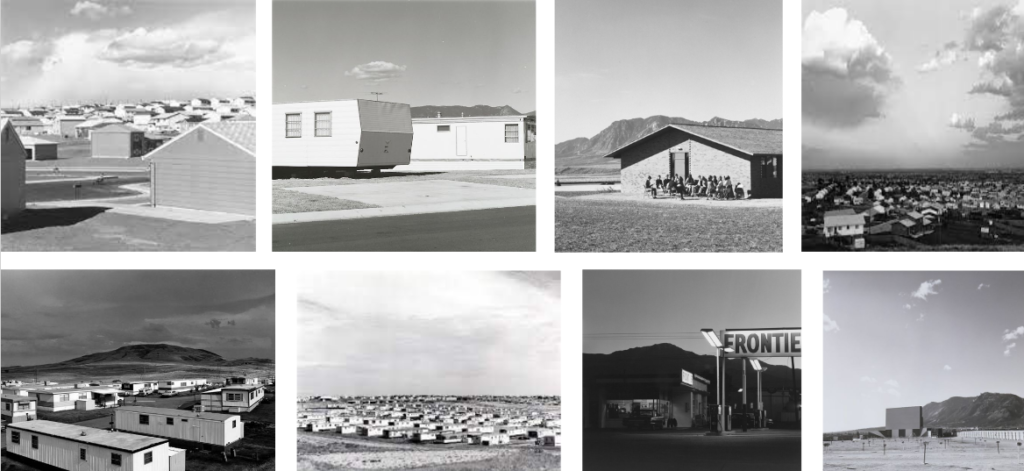
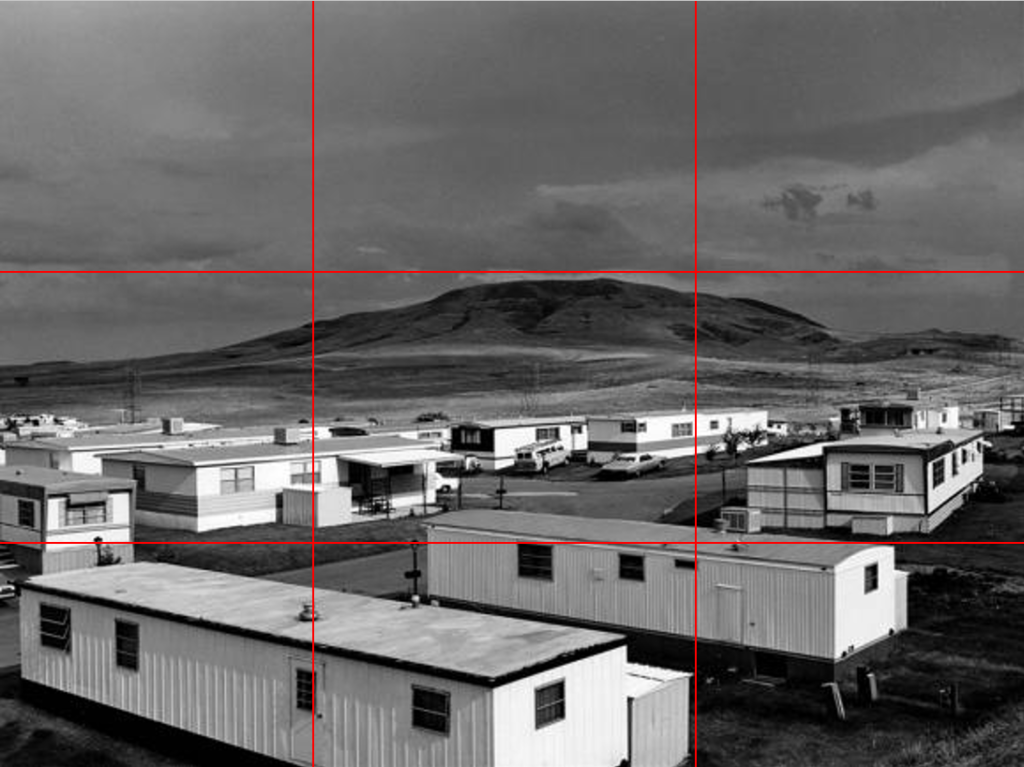
This is a digital image of a urban landscape. The mise-en-scene presents mobile homes in West America with a mountain in the background. The focal point of the image is the mountain as it stands out and draws the audience to the image. The colours are monochrome and there’s a range of tones in the image such as the white mobile homes and the darker area of the mountain and the shadows below the homes. Adams has used the rule of thirds however, he hasn’t used leading lines.
Exposure bracketing is a technique where you take three photos (or more) that all have different exposures ranging from being over exposed, under exposed and one being correctly exposed.
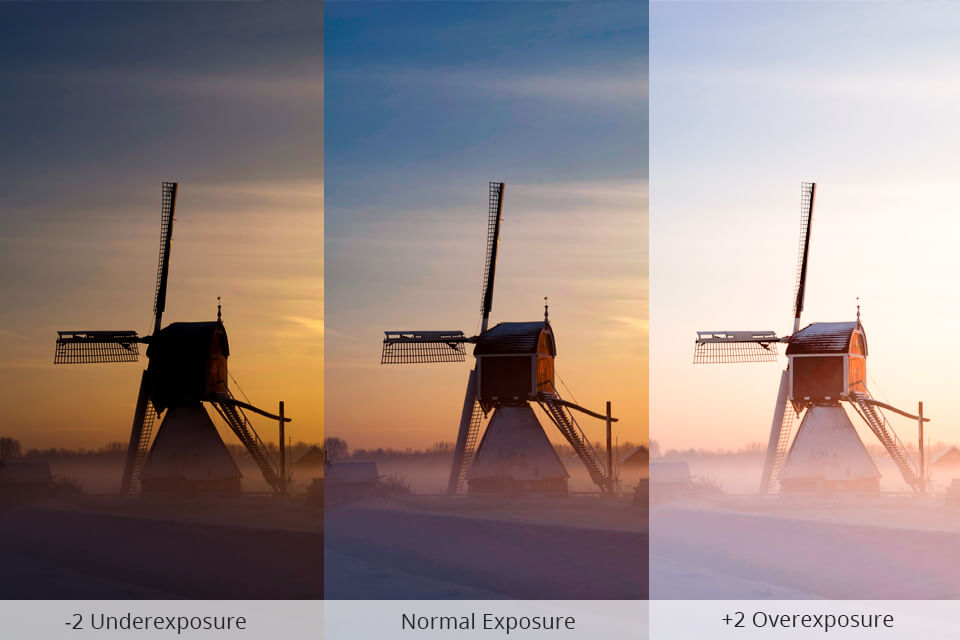
This can be done by manually changing your camera settings.
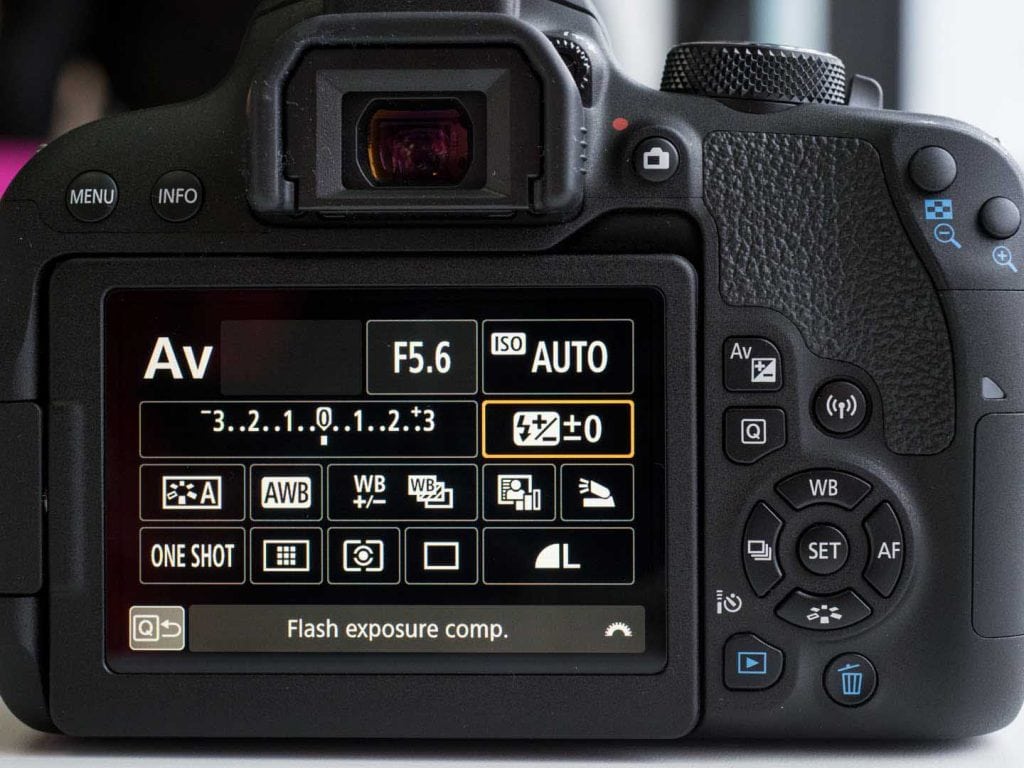

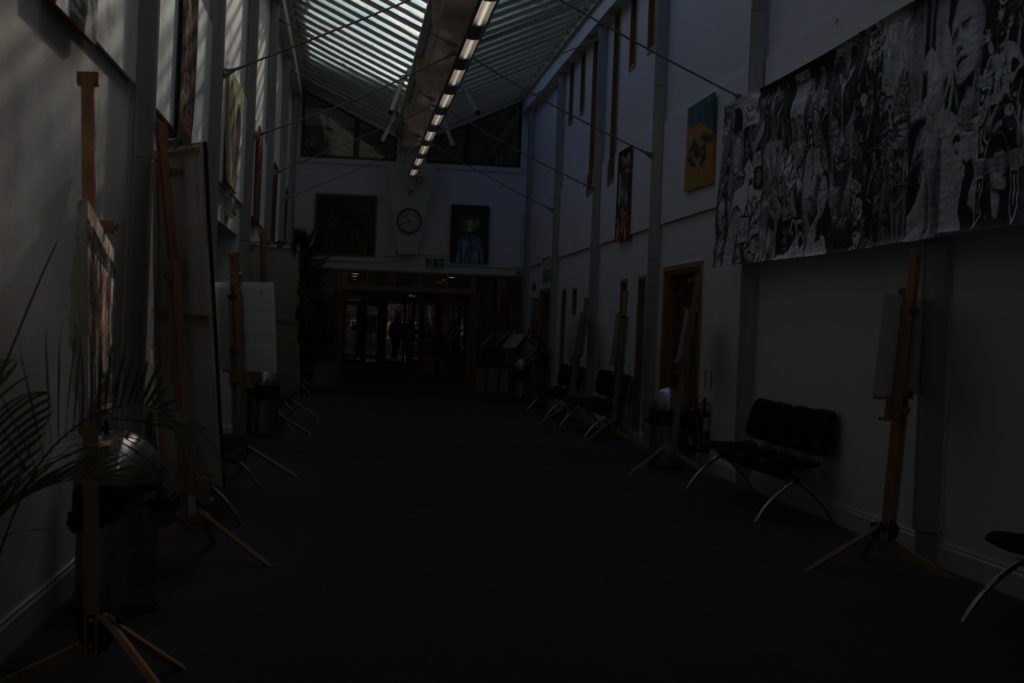

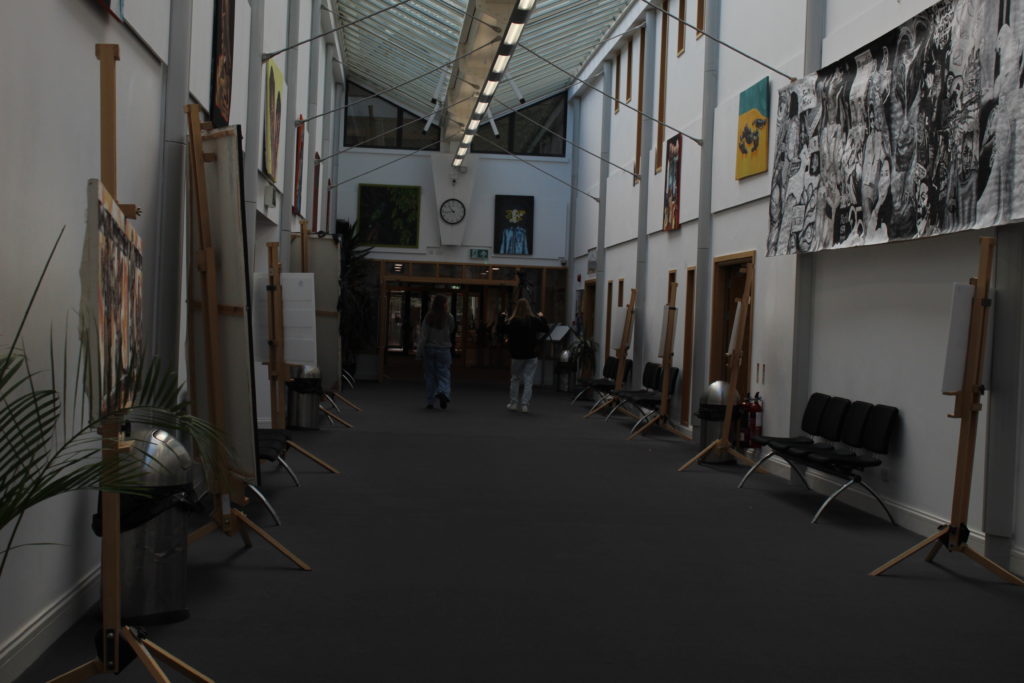

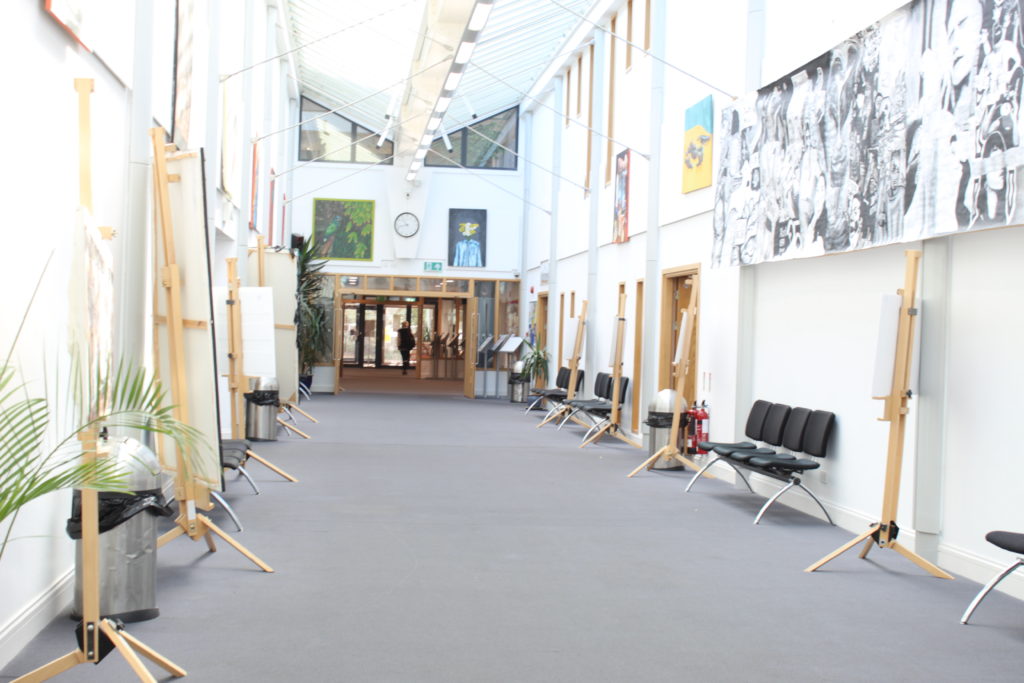

New Topographic’s Mood board

PLAN:

plan:
rural photography contains elements of the countryside, and typically it captures the presence of nature. It focuses on the light and exposure of an image adding depth and a range of different tones to them. I am going to focus on fields and large spaces of empty land trying to capture the countryside, as well as any little lanes or paths.
mood board:
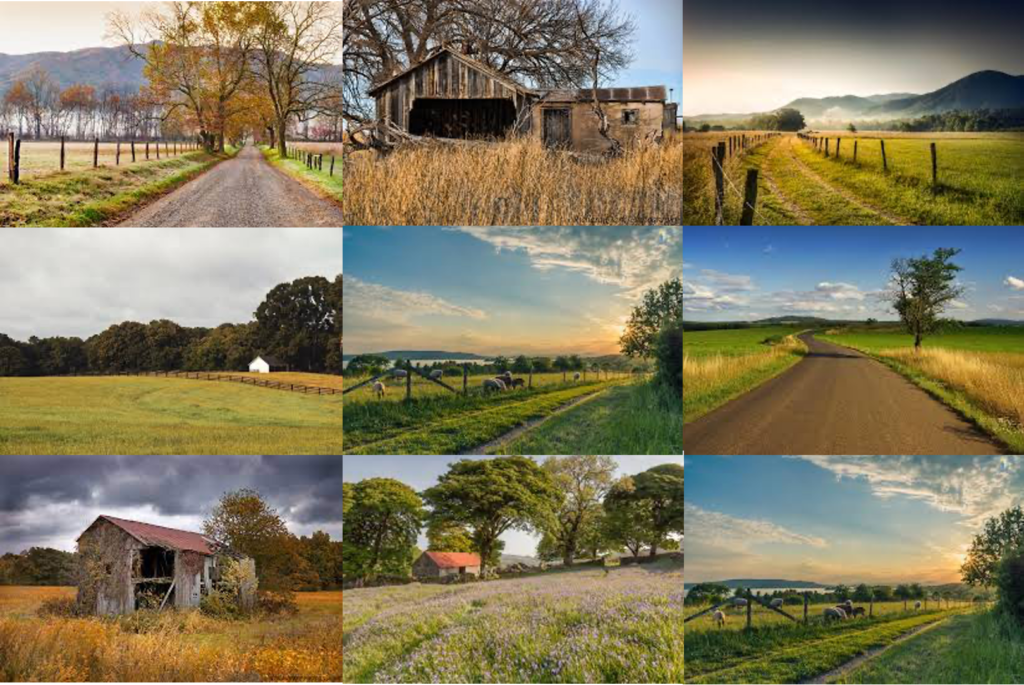
contract sheet:
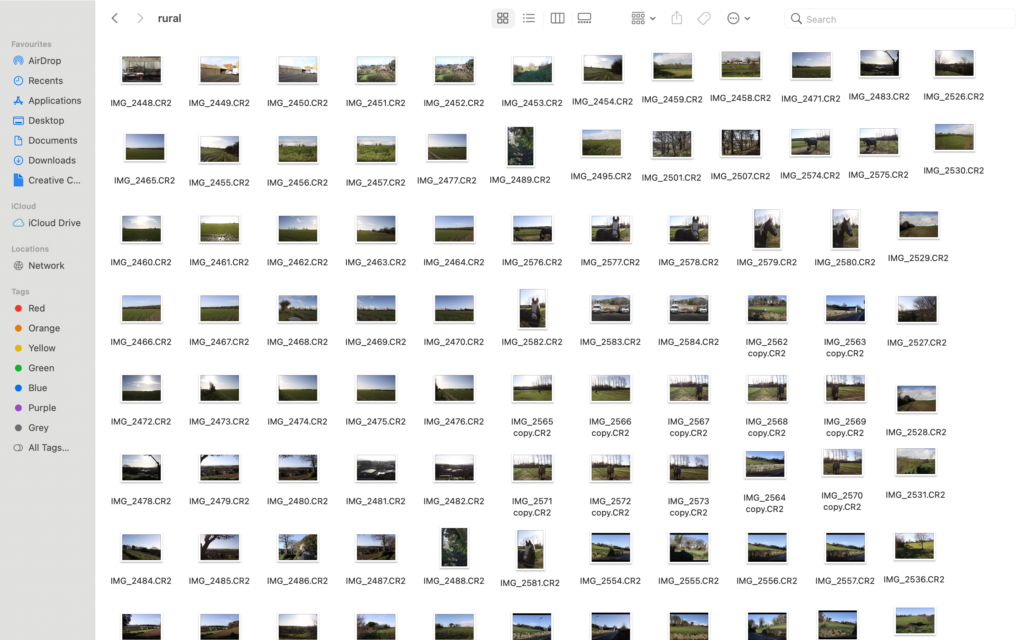

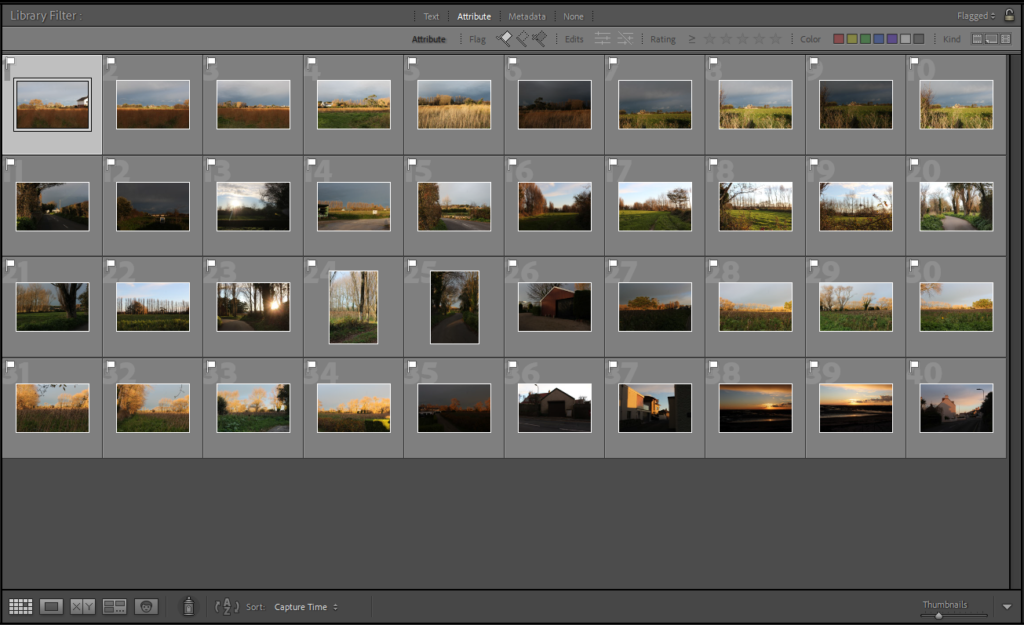
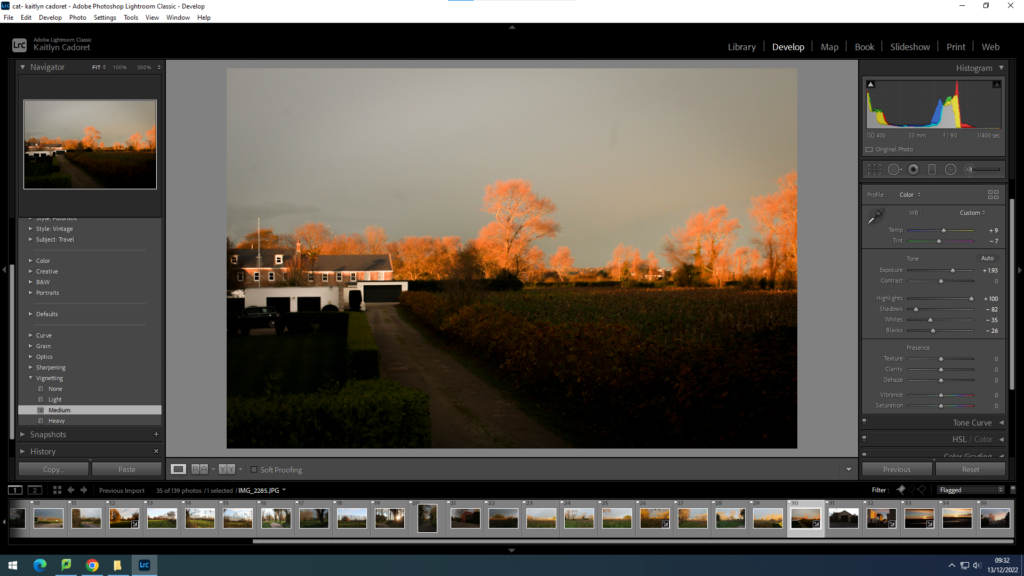
New topographics was a term coined by William Jenkins in 1975 to describe a group of American photographers (such as Robert Adams and Lewis Baltz) whose pictures had a similar banal aesthetic, in that they were formal, mostly black and white prints of the urban landscape.
Many of the photographers associated with new topographics including Robert Adams, Lewis Baltz, Nicholas Nixon and Berdand Hiller Becher, were inspired by the man-made, selecting subject matter that was matter-of-fact. Parking lots, suburban housing and warehouses were all depicted with a beautiful stark austerity, almost in the way early photographers documented the natural landscape. An exhibition at the International Museum of Photography in Rochester, New York featuring these photographers also revealed the growing unease about how the natural landscape was being eroded by industrial development.
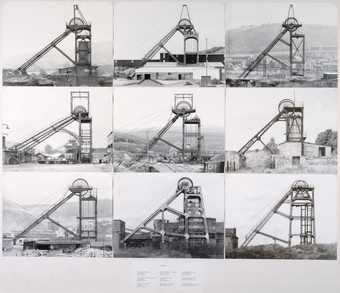
What was the new topographics a reaction to?
Their stark, beautifully printed images of this mundane but oddly fascinating topography was both a reflection of the increasingly suburbanised world around them, and a reaction to the tyranny of idealised landscape photography that elevated the natural and the elemental.
Robert adams:
“I think if you placed me almost anywhere and gave me a camera you could return the next day to find me photographing. It helps me, more than anything I know, to find home.”
-ROBERT ADAMS
He is a photographer who has documented the extent and the limits of our damage to the American West, recording there, in over fifty books of pictures, both reasons to despair and to hope.
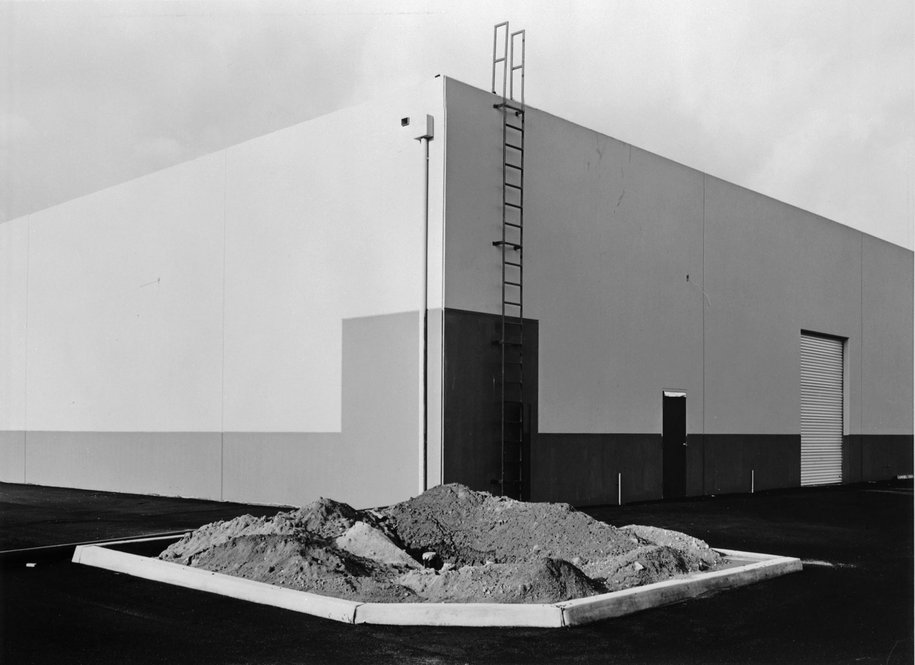
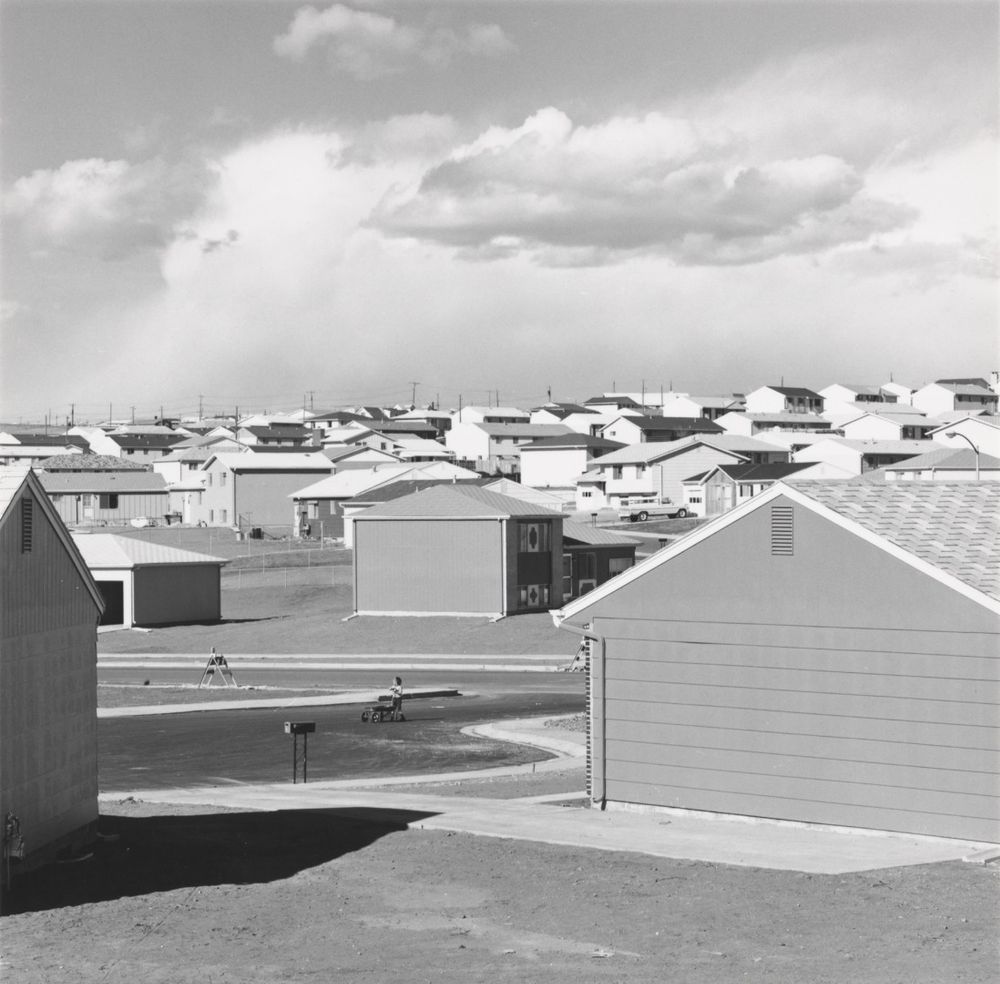
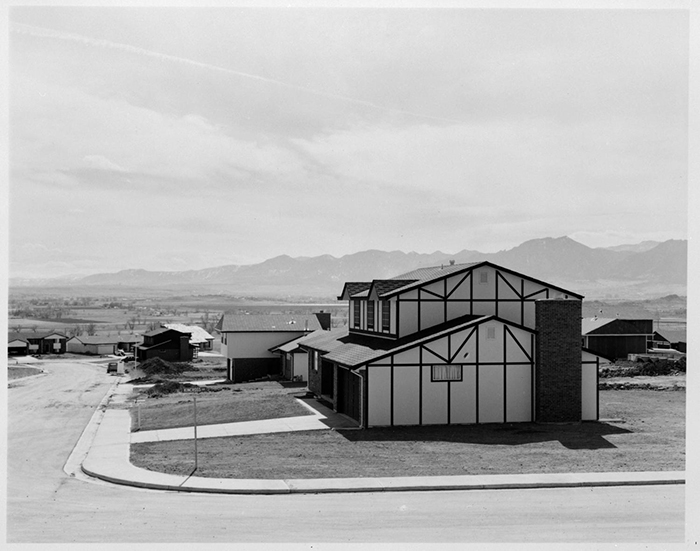

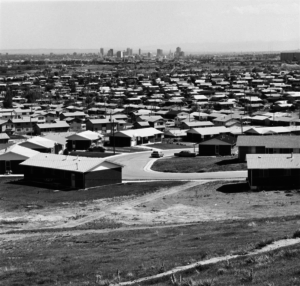

Lewis Baltz:
Lewis Baltz produces photographs in series focused on a particular theme or geographic area and usually publishes them in book form, as in The New Industrial Parks Near Irvine, California (1975), Nevada (1978) and Park City (1981). His work, like that of others associated with the New Topographics, challenges the nineteenth century tradition of western landscape photography represented by Timothy O’Sullivan, Carleton Watkins, and William Henry Jackson by presenting a less innocent view of the landscape. Baltz’s perception of the landscape necessarily reveals the effects of twentieth-century culture and suburban development on the nation’s topography.
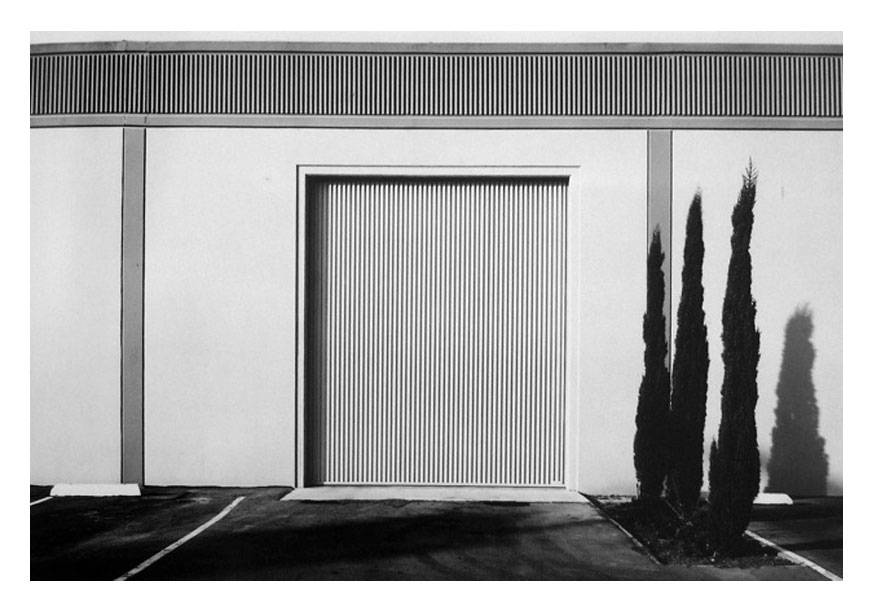
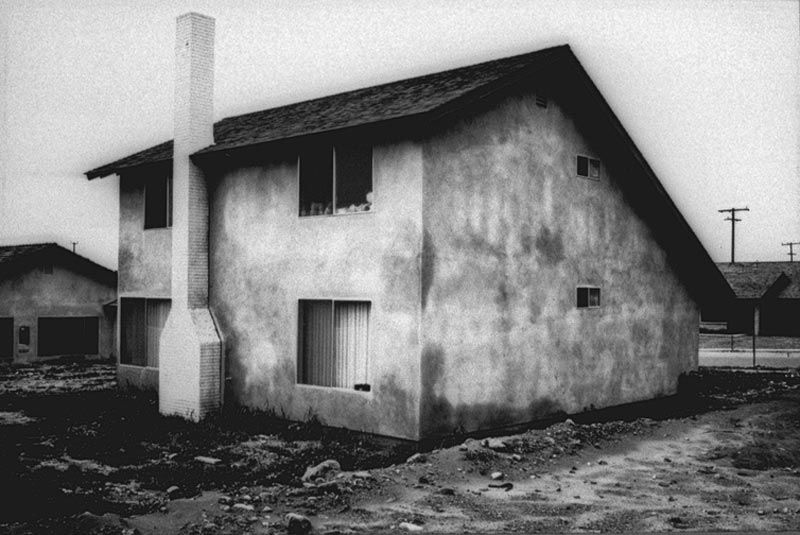
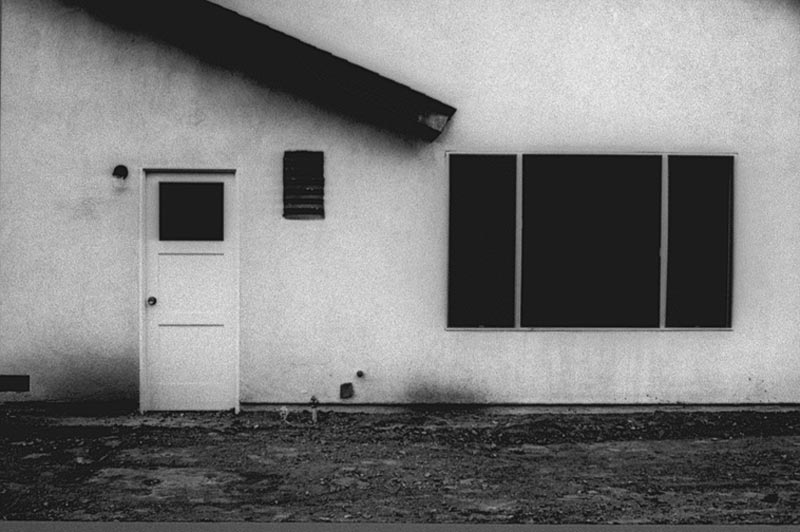
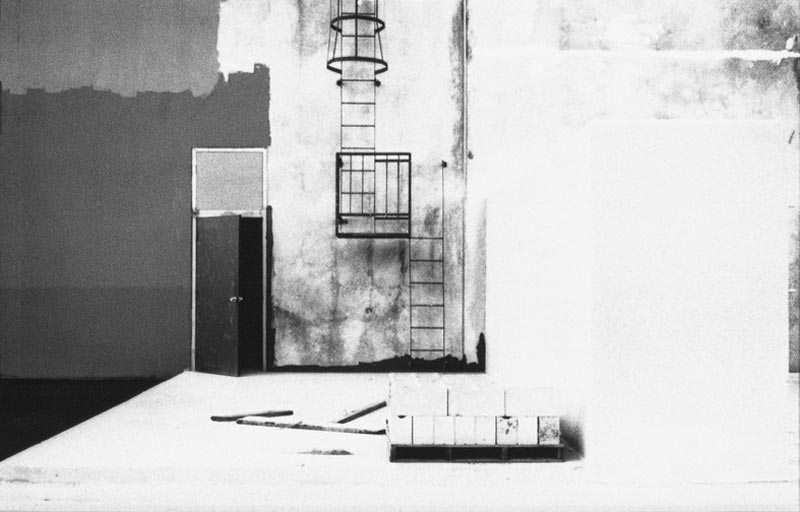
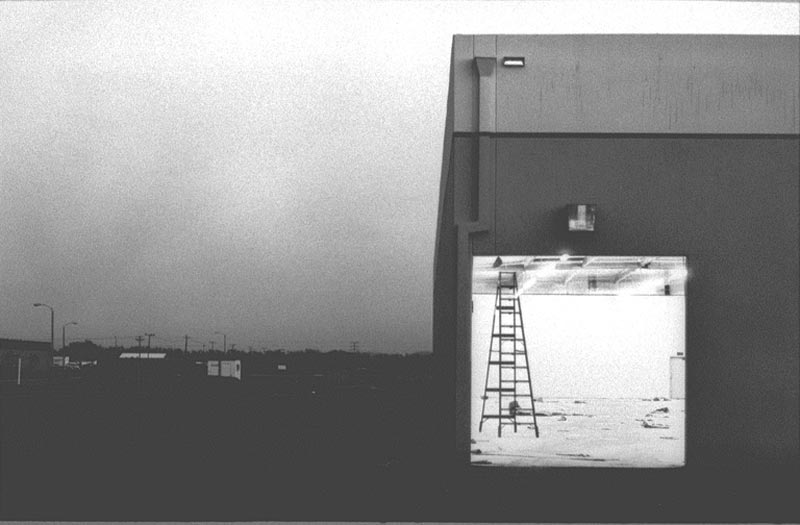
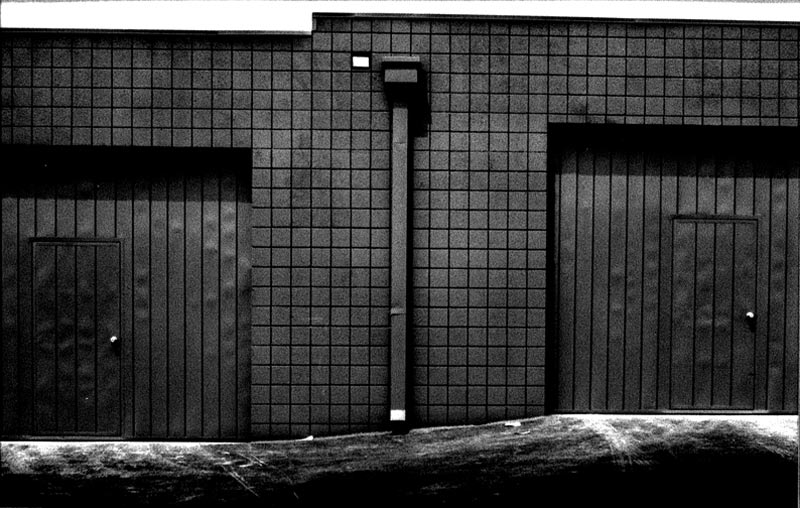
Nicholas Nixon:
Nixon’s career began in the 1970s when he was a student of photography. Following his first photos of Alburquerque, he shot his first major series, City views. These photographs, taken in Boston and New York, formed part of one of the most influential exhibitions in the history of photography, organized in 1975 by George Eastman House entitled New Topographics: Photographs of a Man-Altered Landscape. This is one of the main themes dealt with by Nixon throughout the whole of his career. From the very start he has worked on series that touch on fundamental aspects of human life.
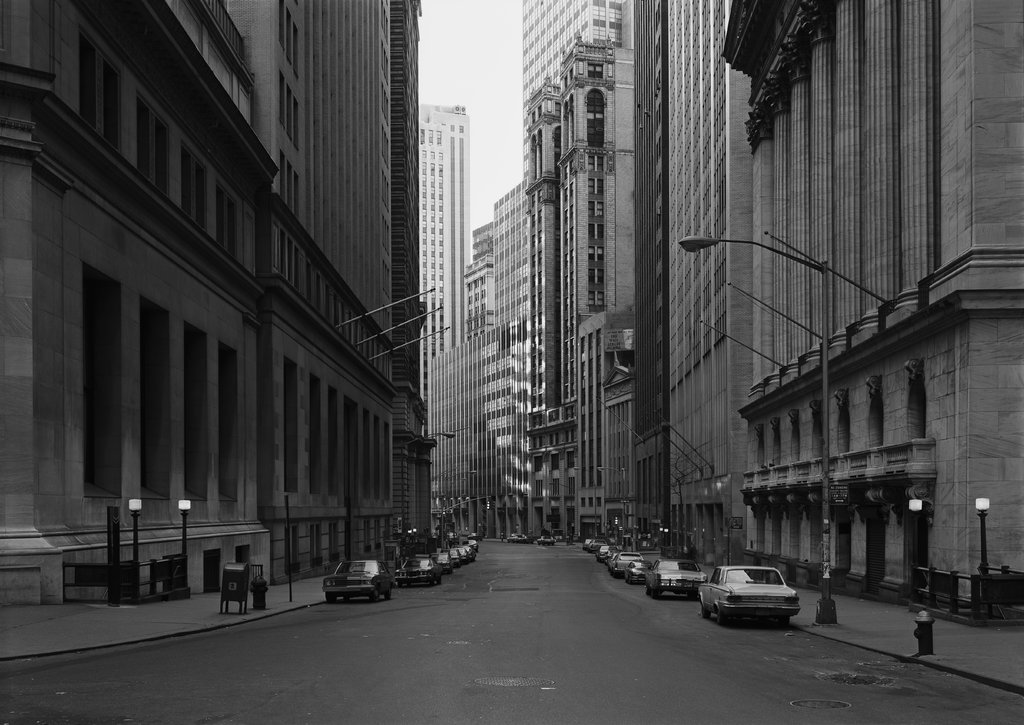


This image interests me the most:
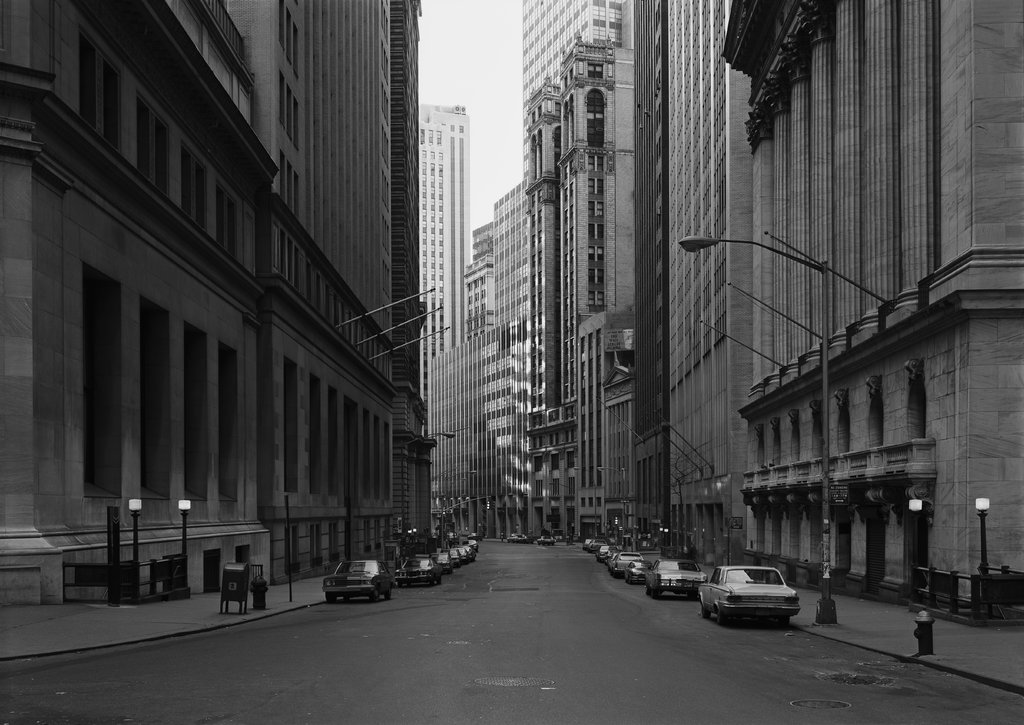
The low angle to give a realistic perspective and view of the ‘man made’ world we are living in. With the buildings towering over and almost enclosing us, its intimidating.
Bernd and Hiller Becher:

“I think if you placed me almost anywhere and gave me a camera you could return the next day to find me photographing. It helps me, more than anything I know, to find home.”
Robert Adams
In this quote Robert Adams says that photography gave him a camera he could do it for as long as he wanted without getting bored if it . I think this quotes shows that you don’t need to be good a photography as everyone has their own view of the environment around them; making photography limitless and unique for everyone.
Robert Adams was an English sculptor and designer. Whilst not widely known outside of artistic circles, he was nonetheless regarded as one of the foremost sculptors of his generation. His work first came to prominence in the mid-1970s through his book The New West and his participation in the exhibition New Topographics: Photographs of a Man-Altered Landscape in 1975.



This is one of Robert Adams’ most famous photographs he had taken. This image is taken in black and white, which shows the varying shades of greys in the image, perhaps when taking this image Adams was trying to reinforce the connotation of balance that grey signifies while also showing the negative connotation of loss and loneliness. In this image there a many rectangular shapes like the windows, doors, windows within the doors and the bricks this gives a sense of a frame in frame image further connoting the idea of the woman being isolated and trapped. Furthermore even due to all the many windows and doors shown in this house they are all shut which creates an idea that the lady is shut inside and cannot escape the house.
New topographics was a term coined by William Jenkins in 1975 to describe a group of American photographers, whose pictures had a similar banal aesthetic, in that they were formal, mostly black and white prints of the urban landscape.
The new topographics was a reaction to the growing unease about how the natural landscape was being eroded by industrial development, it revealed that some of the people where getting uneasy about the environmental issues this could cause.
The new topographics were to have a decisive influence on later photographers including those artists who became known as the Düsseldorf School of Photography.
Unlike their predecessors, these new “topographic” photographers (such as Robert Adams, no relation to Ansel) were less concerned with portraying an ideal image of nature and were more interested in showing plainly how man has altered it.

Post-war America struggled with:
Inflation and labour unrest. The country’s main economic concern in the immediate post-war years was inflation; the baby boom and suburbia. Making up for lost time, millions of returning veterans soon married and started families; isolation and splitting of the family unit, pharmaceuticals and mental health problems, and vast distances, road networks and mobility
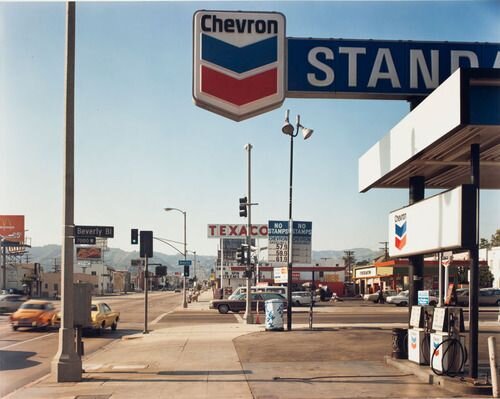
This image was taken by Stephen Shore. This was a historical image about Americas oil revolution. Due to America being such a huge continent, therefore lots of people own cars, oil and gas station are not unusual thing to find on the side of the road. Chevron oil station in 2003 had a class action lawsuit a in Ecuadorian court for $28 billion by indigenous residents. This is because accusations of Texaco of making residents ill and damaging forests and rivers by discharging 18 billion US gallons (68,000,000 m3) of formation water into the Amazon rainforest. This image shows the evolution of man kind and how we have affected the environment by building and producing unnatural objects. I believe that Adams was trying to shows this by including the oil station in the photograph whereas in the background showing the mountains and showing the disruption we have had to the environment. The image is centred and the focal pint of the image would be the “TEXACO” and the “CHEVRON” signs this is due to the bright red colour of the sign. In this image it uses 3 primary colours of red, blue and white which symbolises the colours of the American Flag.